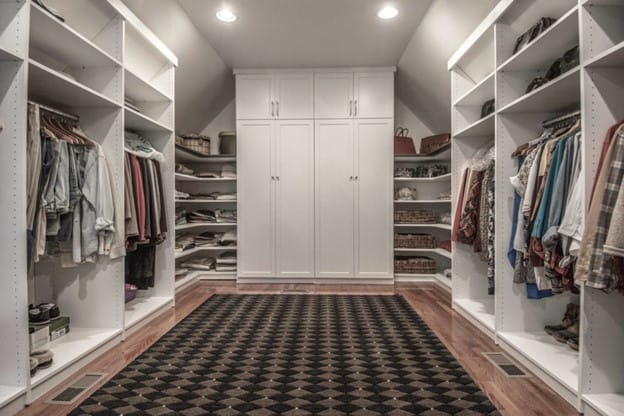There’s nothing like a beautiful, freshly painted white surface. From kitchens, to bathrooms, and even on the outside of your home, white paint can create a fresh, clean look with an air of perfection. But why does white paint turn yellow? Due to exposure and lack of exposure to various elements, your white walls can start to suffer from a yellowish tinge. Read on to find out why your white paint is turning yellow, and what you can do to prevent or reverse yellowing paint.
Common Reasons for Yellowing Paint
If you’ve been asking yourself, “why is my white paint turning yellow?” you’re not alone. The effect of white paint turning yellow is not only common on painted walls, but other items as well. It is likely you’ve experienced white paint turning yellow on wood, or noticed white-painted cabinets turning yellow over time.
Oil Based Paint
One of the main reasons for yellowing paint is the makeup of the paint itself. If your paint is yellowing, the likelihood is that it’s oil-based. Oil-based paints have many advantages including the ability to hide imperfections and resist scuffing, however, yellowing white shades is a drawback.
Aging
If it has been a while since you painted your home, it’s likely that the cause of your yellowing paint is simply due to the time it’s been on the wall or wood. Yellowing is often a natural and common side-effect of the drying process and the aging of oil paint. Aging is a common cause of white painted cabinets turning yellow and white paint turning yellow on wood.
Light
Have you ever moved aside an older cupboard and found the paint behind it no longer matches the exposed wall? Light, and lack of light, can affect how well paint color is preserved and how quickly it yellows. In the case of yellowing due to lack of light, chromophores are to blame. Chromophores are produced as oil-based paint dries, and are a natural part of the process. Chromophores are broken down by exposure to light. If your white painted wall is exposed to light most of the time, it is likely to stay beautiful and white. The parts hidden behind the furniture are likely to suffer from the yellow tinge of chromophores.
Moisture
Moisture is another common environmental cause of yellowing paint. If you suspect a water leak nearby, that’s your first clue. Smoking in the home and cooking can also cause moisture to be released into the air and settle on the paintwork, leaving yellow stains. Moisture is a common cause of white paint turning yellow on wood and white painted cabinets turning yellow, as cabinets are often located in places that receive more moisture. For example, kitchens and bathrooms are among areas most exposed.
Is Yellowing Paint Reversible?
Yes! Yellowing paint is reversible, depending on the cause of the color change.
If paint yellows due to lack of light, it is often easily resolved. As explained above, when light cannot reach the paintwork, chromophores are produced – but when the paint has access to light, chromophores are broken down and disappear. If you’ve discovered a yellowing patch behind a piece of furniture, simply move the furniture and let the light work its magic. Chromophores are broken down by both natural and artificial light, so you can even set up lamps facing the yellowed paintwork to speed up the process. You may start to see results in as little as a day, but for it to completely change it will likely be a long term project.
If yellowing paint has been caused by moisture, there is also hope of correction. If the cause of moisture is a leak, find that leak and fix it, then sand down the stained area. Paint over the stain with stain-blocking primer in the shade that matches the rest of your paintwork.
Other stains, caused by cooking or smoking, can be removed by a professional, or by using a mixture of trisodium phosphate and water. Be sure to seek advice on how much of each to use and protect eyes and skin when using this mixture if you choose to try this at home.
Apply Water-Based Paints When Necessary
If the methods above don’t work for you, it’s likely your yellowing paint is due to the natural oxidization of your oil-painted walls. A simple way to cover this is to prime and re-paint it using a water-based paint. It will dry through evaporation and leave colors vibrant, rather than oxidizing. Ask a professional to prime and paint the area for you in order to achieve exceptional results.

You can bring beauty back to your white paint.
Contact Reliable Home Improvement
Ready to repaint or remodel? Reliable Home Improvement can help get rid of yellowing paint, remove stains and repaint your home. If your kitchen or bathroom is suffering from yellowing, we’re here to offer complete remodeling services so that you can enjoy a new bright, white space again. Our professional team can even match white paints to build a perfectly seamless home addition. Contact Reliable Home Improvement today to discuss your home design goals and find the best plan for improving your home.

Recent Comments